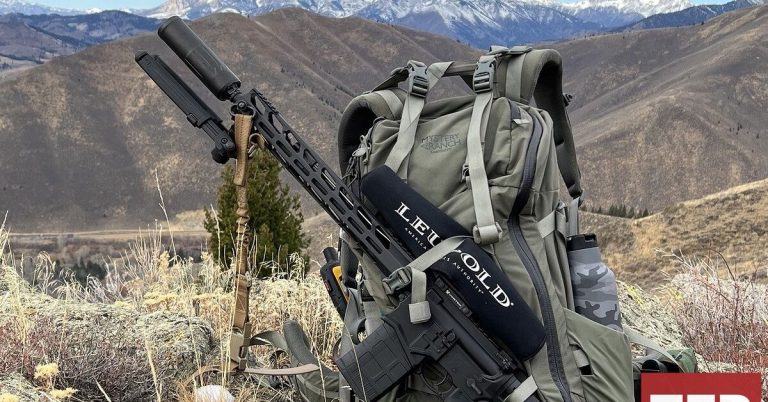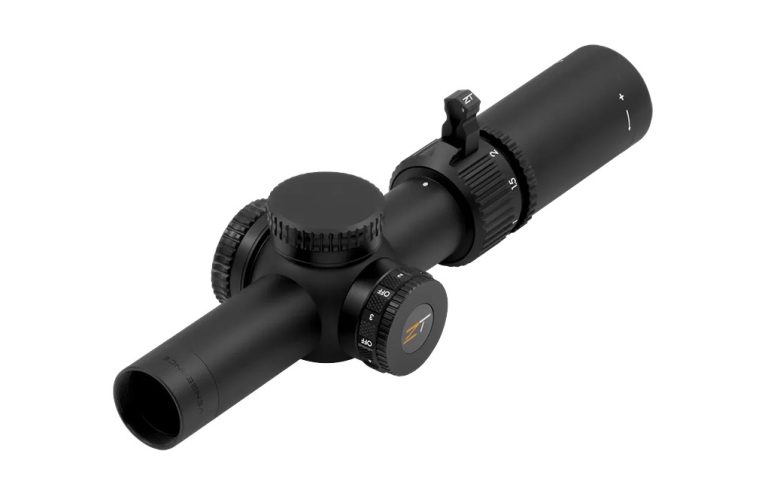In Part 1 of the article, I talked about the origins of AK production in Hungary. Part 2 and Part 3 were dedicated to the most well-known Hungarian AK – AMD-65. In Part 4 I will talk about less-known Hungarian AKs.
One of the least known is the variant created by the Palestinian Liberation Organization (PLO). Sometime in the 80s, they took some AMD-65s and turned them into AKS-74U lookalikes.
To this day, AKS-74U is still extremely popular with this organization, but now the original AKS-74U is much easier to obtain.
AMD-65 (top) and PLO modification. Photos are kindly provided by Richard Jones.
But even compared to that, there was a Hungarian AK that still, in my opinion, takes the first place in the contest of the weirdest AKs in history.
AMP-69 – grenade launching AK
Essentially, it is a grenade-launching rifle designed from the ground up with rifle grenades in mind. It was accepted into service in 1974 and has features that no other AK had. For example, a spring-loaded stock that worked as a shock absorber. It also has a sliding handguard, similar to what you see on a pump action shotgun.
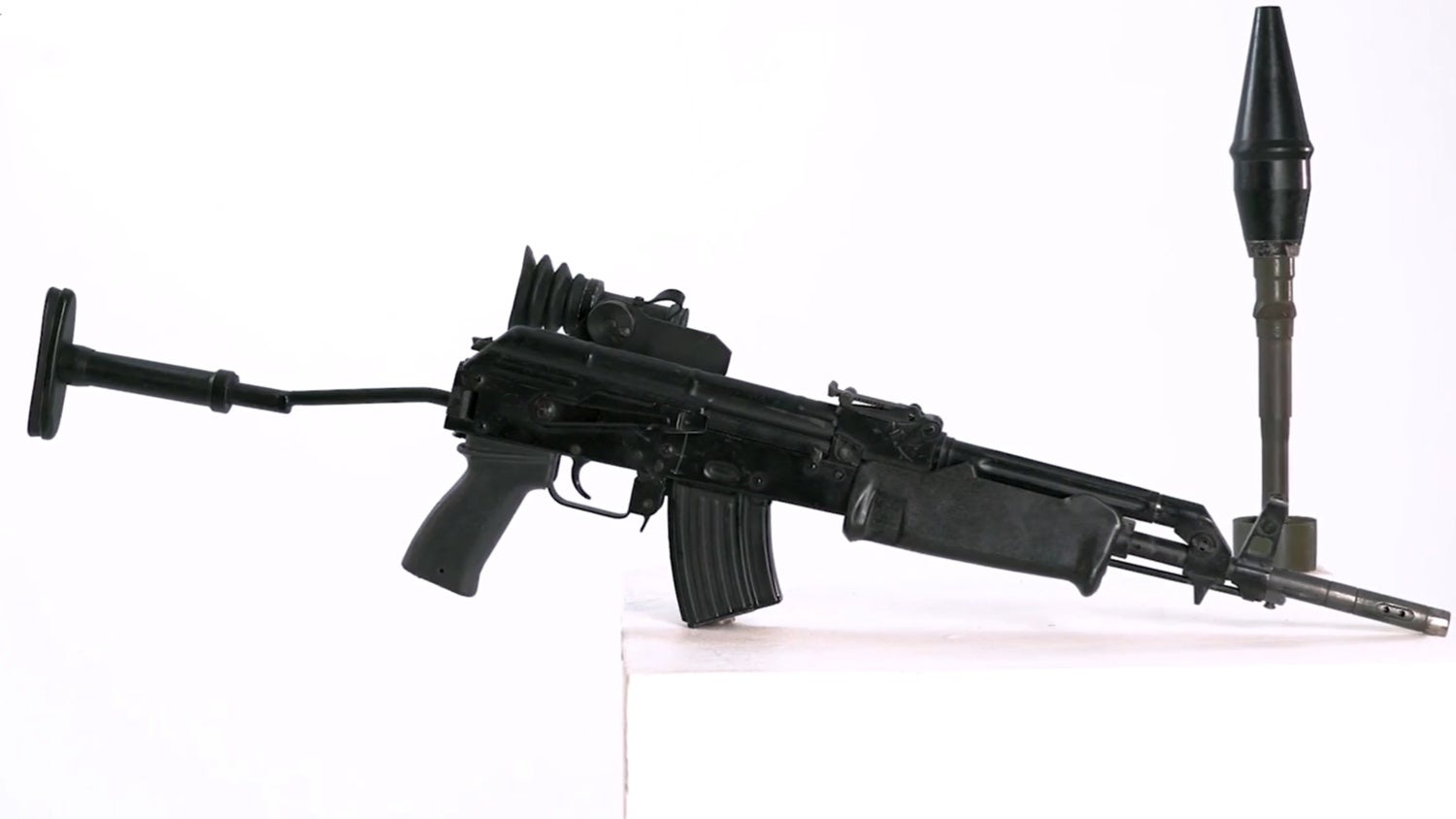
The most unusual Hungarian AK – AMP-69
However, this handguard was not attached to the action of the gun. It was there to help the soldier to hold onto his rifle. The idea was that when the rifle violently recoiled, the handguard slid forward and remained in place. And if it sounds crazy to you – yes, it does.
The AMP-69 magazine had a capacity of 10 rounds and was loaded with blanks that launched the grenade, however, the gun was compatible with standard magazines. You can see most features of this gun in this short 1-minute video.
In the 90s, AMP-69 was used by riot police to disperse protesters with gas grenades. Many of those rifles were exported from Hungary and ended up in Lebanon and other countries in the Middle East.
AMM (AK-63) – Plain and Reliable
But after all those unique rifles, the history of Hungarian AKs took an unexpected turn. The next generation was pretty much an exact copy of the standard Soviet AKM. The only visible difference was the T-shape of the pistol grip.
The name for the new Hungarian AK was different depending on who you ask. The factory officially called the new rifle AMM (Automatic Modernized Magyarított), while the military designated the same gun as AK-63. There was a special factory designation for the gun with a folding stock – AMMSz.

Typical AMM (AK-63) rifle, photographed in Northern Iraq
The first guns were handed over to the Hungarian military on July 19, 1979, and soon mass production started at the FEG factory.
I had to deal with a lot of AK-63s over the years, and the quality was just superb. Some of the best guns I had in my armory. Nice light-colored wood, great overall built quality, and very durable paint.
Once I had to do some refinishing work in Iraq, and suddenly one of the clients came into my armory to see my work. He picked up an AK-63, took a careful look, and told me: “Well, you’re clearly doing a great job”. He left before I had a chance to tell him that I actually did not refinish that particular AK-63. There wasn’t any need for that – original paint was almost perfect, even after decades of abuse.
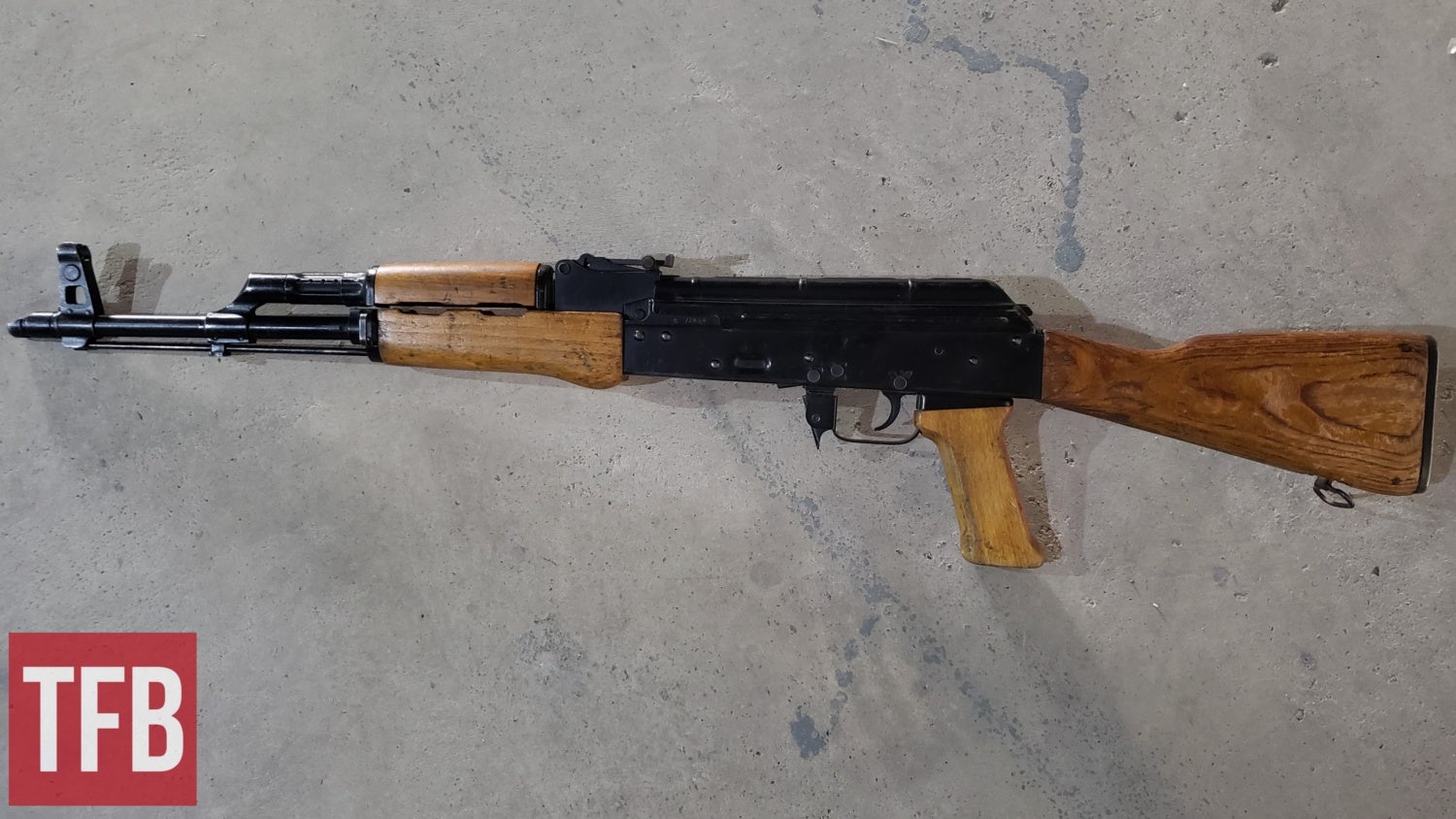
Typical AMM (AK-63) rifle, photographed in Northern Iraq
The only issue I had with AK-63 was that the sear trip on the bolt carrier wore out prematurely, just like on AMD-65. But thankfully AK-63 had a standard bolt carrier, so repair took seconds.
When I was in Hungary, I heard legends about special AKs built from the ground up as competition guns for the army shooting contests. Allegedly, those guns were more accurate than any Dragunov rifle and were covered in shining chrome. I’d love to see one, however, I have my doubts that they ever existed.
5.56 Hungarian AK
In the 80s, the dominance of the Soviet Union was weakening, so the Hungarian military-industrial complex was looking for new markets, and in 1984, FEG developed a new AK chambered for 5.56×45.
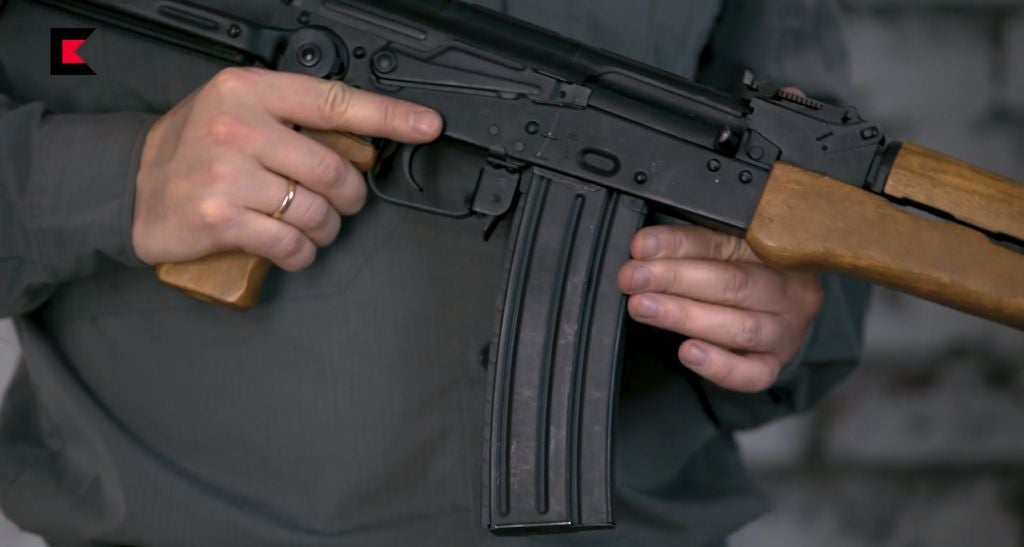
NGV with folding stock
The version with the wood stock is called NGM (Nagysebessegu Geppisztoly Modernizalt), and the underfolder variant is called NGV (Nagysebessegu Geppisztoly Válltámaszos).
It used an East German 5.56 magazine from the Weiger rifle and had a long birdcage flash hider, similar to a Dragunov rifle. You can see this Hungarian AK in a classic adventure comedy “Sahara”, where Matthew McConaughey and his sidekick used NGM.

Sahara (2005)
The end and rebirth of FEG
After the collapse of the Soviet Union, the FEG factory was privatized. Like many other factories in Eastern Europe, it did not survive the market economy, and in 2004 the company stopped defense manufacturing. It officially declared bankruptcy in 2010.
However, in 2016, the weapon manufacturing brand was reestablished, and the company is currently supplying guns to the US civilian market. Several years ago they imported HD-18, a Dragunov variant. Last year they also supplied some Hungarian AK parts kits, so hopefully, we will see more FEG products on the market in the coming years.









